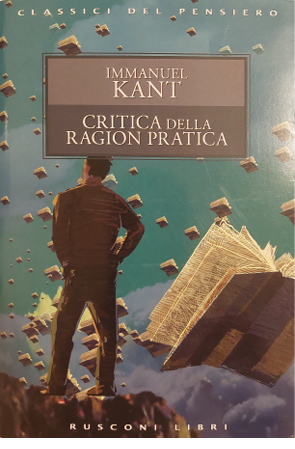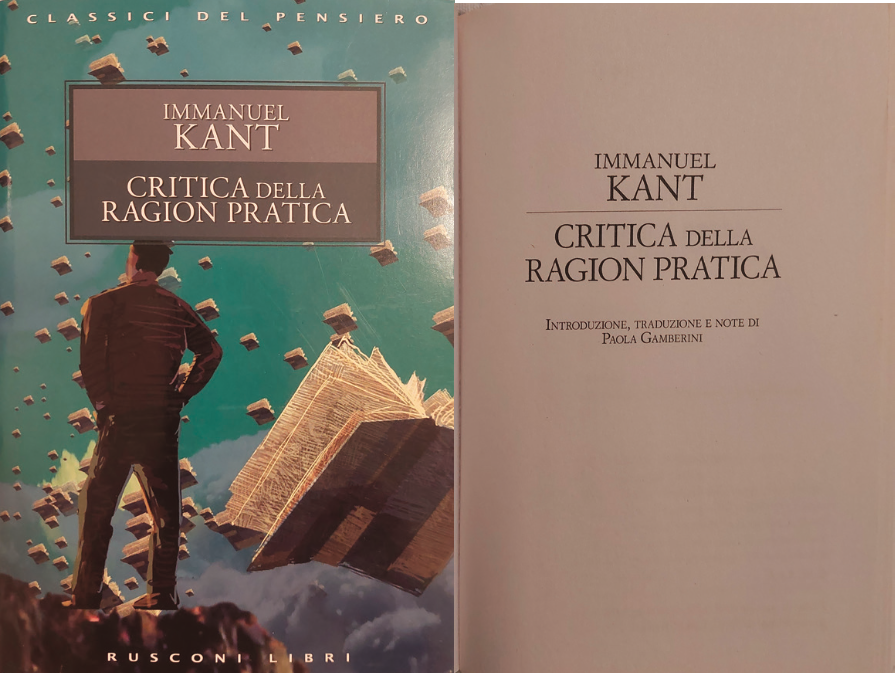In 2021, Paola Gamberini, a visually-impaired philosopher and the pedagogical director of the Cavazza Institute’s Educational Consulting Service, translated Kant’s “Critique of Pure Reason” (published by Rusconi). She describes her experience as a translator in general and as a visually-impaired translator in particular.
How did this translation project begin?
It derives from many years of work with the University of Bologna’s Philosophy Department, with Walter Cavini, professor of ancient philosophy and his team. While exploring the evolution of some ancient themes as reflected in modern philosophy, especially in Kant, I taught lessons, held seminars, and published papers. In 2019, this translation was proposed, and I accepted the challenge.
What are the characteristics of your text?
I tried as much as possible to merge rigor, argumentative and terminological precision, and readability, a difficult and exciting task due to the complexity of Kant’s writing. Since there was no parallel German text, it was essential to make the technical terms as meaningful and precise as possible and to faithfully reconstruct the various arguments. I was able to write a comprehensive introduction and compile a full set of notes to illustrate the philosophical theses, give an extensive description of the difficulties involved in the translation, and thus motivate my solutions.
 Qua
Qua li competenze le sono state più utili?
li competenze le sono state più utili?
What skills were most useful?
Beyond my knowledge of German, of course, my specific philosophical skills deriving from repeated analytic reading of the work, good skills with some fundamental research tools, and technological skills as well.
Could you tell us more about the procedures and tools you used for the translation?
I used a PC with speech synthesis and Braille display. This allowed me to display all of the materials and consult several simultaneously. As I translated, I had multiple parallel files at hand: the original German text, two Italian translations as reference, an English translation and, of course, the translation I was writing. Moreover, I could always access the secondary literary texts that I had digitally downloaded.
What gave you the greatest satisfaction?
Without a doubt, the challenge of translating the text as faithfully as possible, both to pay homage to its author and to express the greatest attention and respect to readers, who always deserve it.
Can Kant still be considered current?
Trusting in the power of reason, Kant stimulates us to have the courage to think, to not passively obey external commands, and to not uncritically follow customs and traditions. He proposes an open discussion of opinions, free of political, social, religious, or cultural prejudices. This in itself would be more than sufficient, but we must also add that Kant insists just as firmly in the limits of human reason, warning us against any presumption of having achieved absolute theoretical or practical certainties. We must never tire of drawing inspiration from these elements of Kantian thought.

.jpg)



.png)